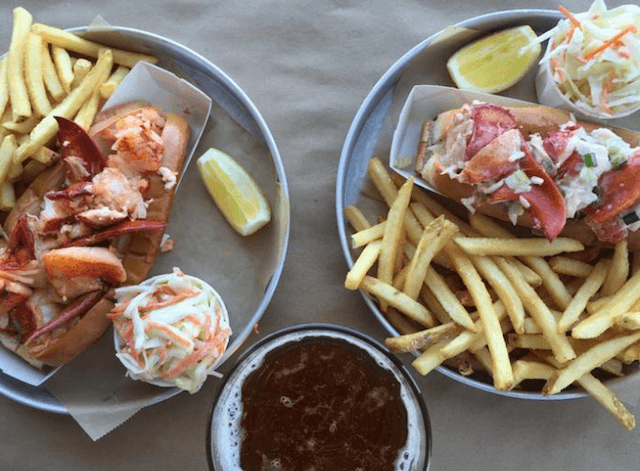Summer, often synonymous with lobster season, has long gone. But peak season stretches far into November, with fall being one of the best times of year to buy hard-shell lobsters.
These lobsters, especially abundant from mid-September to late November, are heartier and pack more meat per pound than the soft-shell ones more common in the summer months. For that reason, they’re also more expensive.






